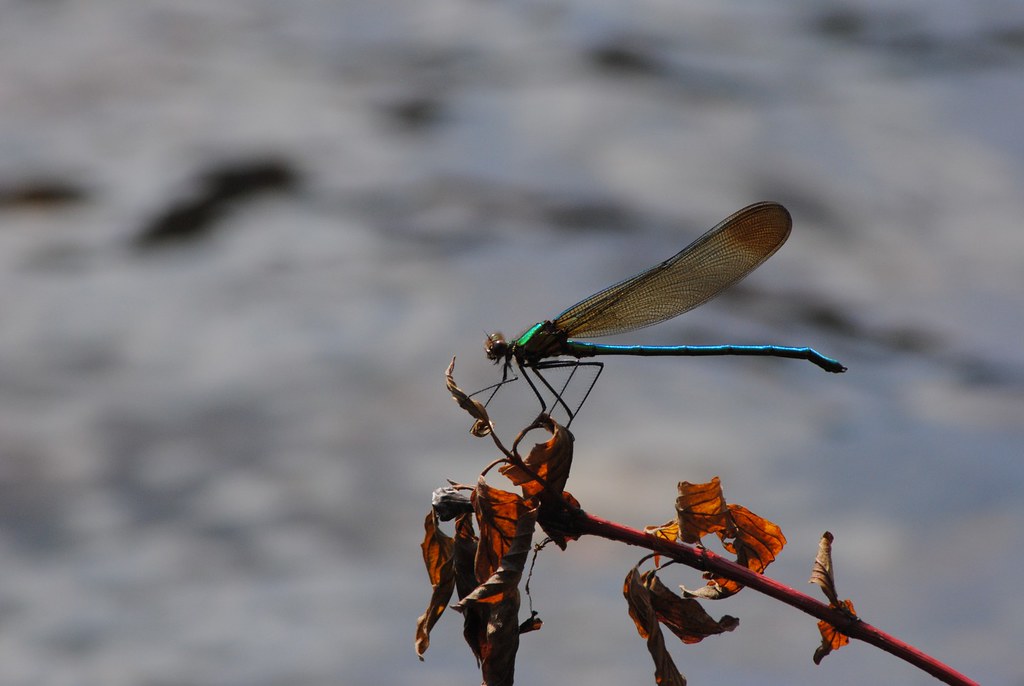 |
The (partially) frozen Musconetcong, a nationally recognized
"Wild and Scenic River." |
There is a whole world going on in an around the icy river these days, completely undeterred by the ice and snow. The snow actually helped to reveal creatures that I hadn't been aware of, like the river otter and a cave-dwelling red fox...
 |
| Otter scat and tracks along the riverbank. |
 |
| Otter scat detail: it's filled with fish scales. |
 |
| The otters' "snow slide." |
 |
| A tiny cave in a riverside cliff with fox tracks leading into it. |
A guy named Steve who was out walking by the river (the first self-described "tracker" I've ever chanced upon in the woods) kindly pointed me to this black duck carcass. I regularly see flocks of 10-15 black ducks on the river (along with dozens of Canada geese and the occasional common merganser), but never their ubiquitous cousin the mallard...
 |
The remains of an American black duck found on iced-over eddy.
Possibly killed by the fox that left prints all around it. |
 |
| Close up of the iridescent patch on the black duck's wing. |
 |
| A muskrat swimming comfortably in the icy waters. |



























